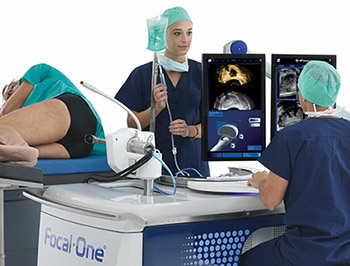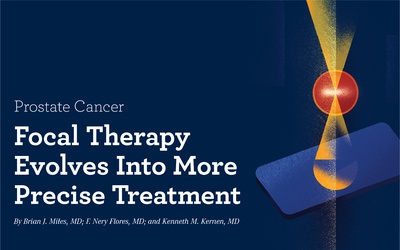After a PSA test Jeff Nelson’s knew he had a prostate cancer and he had to move quickly to treat it. A prostate cancer specialist, Edward M. Uchio, recommended him to use a technique called MRI fusion biopsy. The fusion between MRI and biopsies allows to know the area to treat.
Uchio and Nelson discussed his options, to choose the best treatment. Nelson chose the Focal One treatment because it was non-invasive (no needles and no scalpels) and accurate to target the prostate cancerous tissue. he was able to come back home the same day of the treatment.
According to Dr. Uchio, traditional treatments for prostate cancer have benefits but also risks and focal HIFU technology may offer a safer way. Indeed this method is expected to lower potential side effects.








